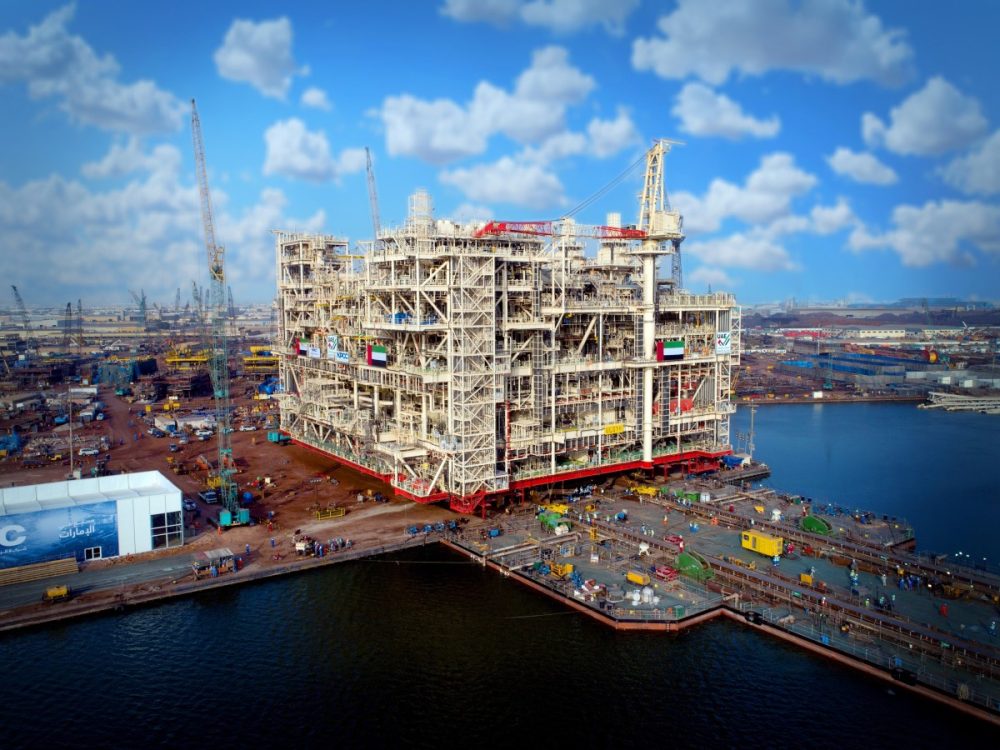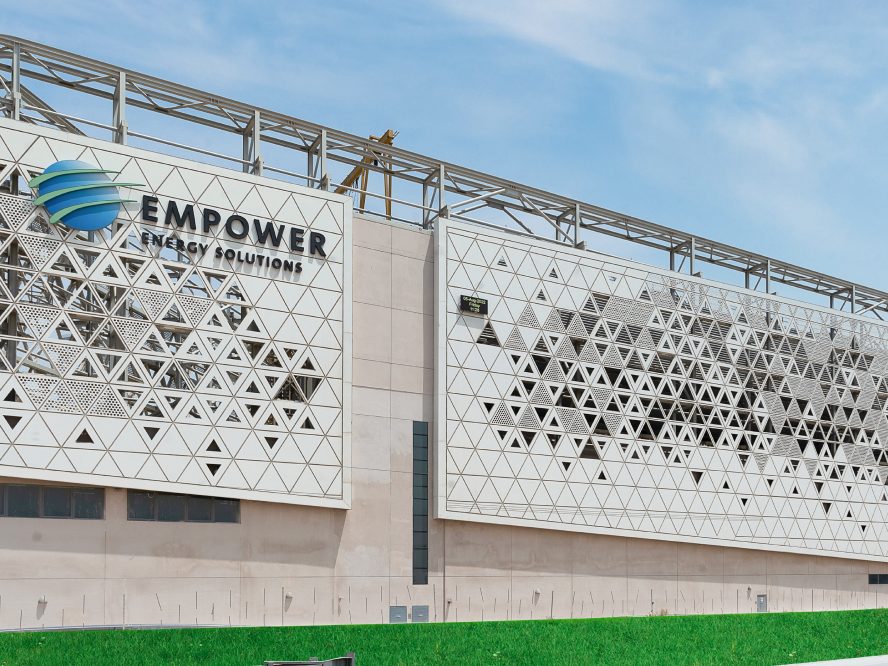
DAMAC previously collaborated with BABOLEX on its Coral Reef project in Dubai.
Source: New feed

DAMAC previously collaborated with BABOLEX on its Coral Reef project in Dubai.
Source: New feed

Brokers also gain access to detailed analytics
Source: New feed

Source: New feed
Some contractors have been turning to new strategies to find workers amid a labor shortage.
Source: New feed
Some contractors have been turning to new strategies to find workers amid a labor shortage.
Source: New feed
Technical qualifications took precedence over price in progressive design-build award.
Source: New feed
ENR’s 20-city average cost indexes, wages and materials prices. Historical data and details for ENR’s 20 cities can be found at ENR.com/economics
Source: New feed
While cloud computing and the abundant project data it provides have transformed everything from construction management to conceptual design, preconstruction estimating remains stubbornly unchanged
Source: New feed

NMDC Energy is set to offer 1.150 billion shares at $0.76 per share
Source: New feed

Source: New feed